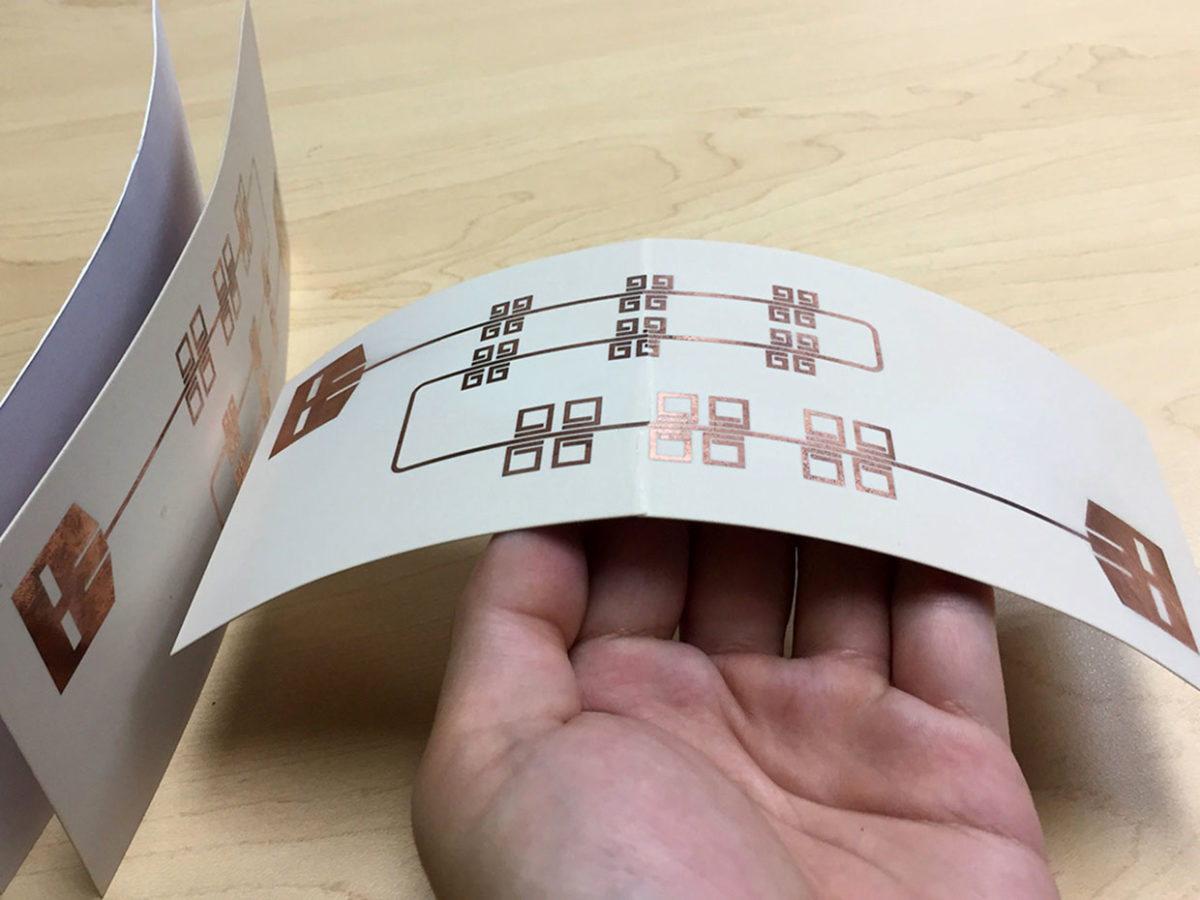


Being able to sort my inbox into these categories helps me stay on top of things. I tag (or label) my emails as "Answer," "Done," "Pending," and "Ignore," for example. If you're building a system for documents, you could add tags for "reports," "blog posts," "letters," and so forth.Īlso consider making tags for the status of your files. If you’re making a tag system for your spreadsheets, your high-level tags might be "budget," "schedule," "estimate," "invoice," and "Gantt charts." Examples:Ī bookstore creates separate spaces for books depending on their genre: mystery, romance, historical fiction, and so on. These types of tags divide your content into the most general categories possible, which usually means by type. Your first step: Figure out your high-level tags. Luckily, you can avoid these issues by establishing a system. It’s easy to spend fifteen extra minutes adding a ton of tags every time you save a new file-and it’s also easy to create so many different tags that you completely forget which ones you’ve used. Of course, the flexibility and unlimited nature of tags can be dangerous. They're perhaps your most flexible tool for organizing your files. Tags are the simplest way to add data to files without dealing with endless layers of folders. You could tag the document with both the project’s name and the client’s name, then save the file just in the project's folder. Tags, on the other hand, are perfect for adding category data like this, since you can add as many tags as you want to a file. With folders, you'd have to pick one folder or duplicate the file, which could cause issues. Say you've made a project brief for a client and you want to save it in the specific project folder and to the client’s main folder. Think of them like characteristics for a person: Just like you’d describe someone as "tall," "funny," "brunette," and so on, you’d tag a file "important," "tax info," "just for fun," or "work."īut why use tags, when you could just use folders?Ī file can only be in one folder at a time-but it could have an unlimited number of tags.
CUSTOM SMART TAGS TAGSPACES HOW TO
How to Install TagSpaces on your Windows PC.How to TagSpaces Download For Windows PC.Tags are perhaps the most flexible tools for organizing your files

Protect your data and keep it secure with our apps. They do not collect or store any user data.TagSpaces is a utility that simplifies the management of local files and folders. It works seamlessly across various platforms such as JavaScript and HTML5.

There are many tools out there that help you organize your files. One of these is TagSpaces, which will allow you to easily identify and locate all of your files by using their tags. The program comes with a clean interface that can be described as minimal. The files in its projects can be viewed through their name, type, and user-generated tags. Its built-in media supports various types of files. The program’s easy-to-use interface makes it a breeze to get started. Its layout is similar to that of File Explorer, which makes it very easy to navigate.The program’s simple to use interface makes it very easy to identify and locate all of the files in your project. TagSpaces will allow you to group your cards according to the various themes. It also allows you to apply the smart card with the corresponding date.
CUSTOM SMART TAGS TAGSPACES DOWNLOAD
Double click the setup files and follow the installation instruction.Once TagSpaces is done downloading, you can start the installation.Now let the Start to Download and Wait for it to finish.Wait for 10 Seconds And Click the “ Download Now” button.Click the Download button at the top of the Page.It also allows you to create and manage multiple cards at the same time. How to Install TagSpaces on your Windows PCįollow guidelines step by step to Install TagSpaces on your Windows PC.


 0 kommentar(er)
0 kommentar(er)
